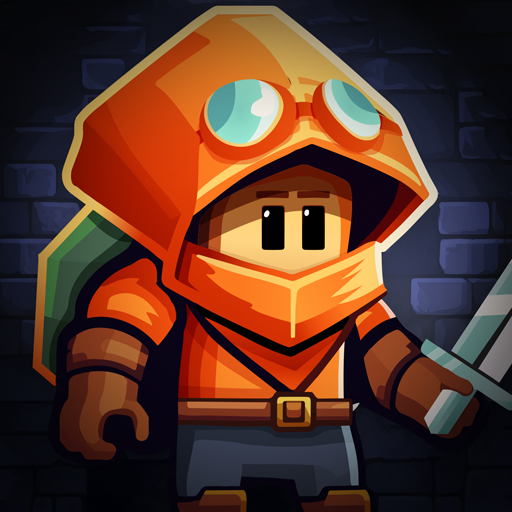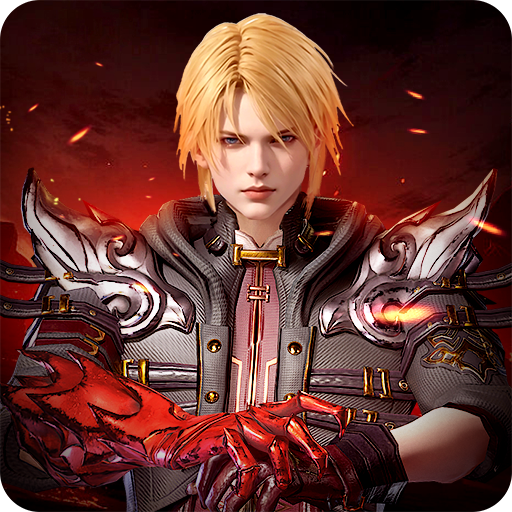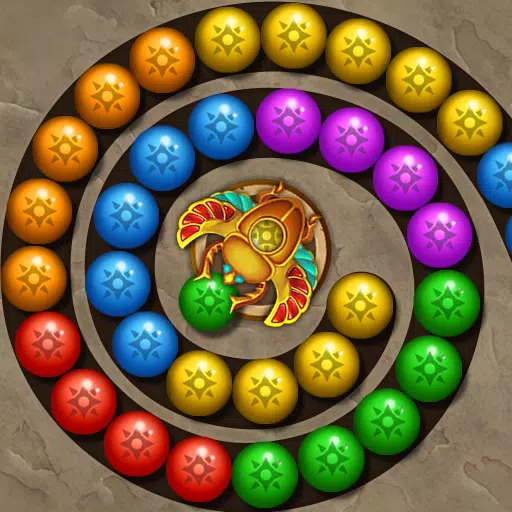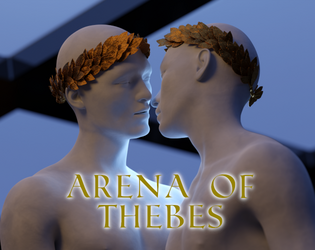The 1970s were a tumultuous time for Marvel Comics, marked by significant changes and the introduction of iconic stories like "The Night Gwen Stacy Died" and Doctor Strange's encounter with God. However, it was the 1980s that truly solidified Marvel's status as a powerhouse in the comic book industry. This decade saw legendary creators produce some of the most memorable runs on Marvel's flagship titles. Frank Miller's groundbreaking work on Daredevil, John Byrne's reinvention of the Fantastic Four, David Michelinie's transformative Iron Man, and the peak of Chris Claremont's X-Men saga are just a few examples. These creators, along with Roger Stern's Amazing Spider-Man and Walt Simonson's Thor, played a crucial role in ensuring the longevity and enduring popularity of these characters.
When considering the entire history of the Marvel Universe, the 1980s stand out as a potential golden age for the company. In this article, we delve into the essential issues that defined this era in Part 7 of our series on Marvel's most impactful comics.
More Essential Marvel
- 1961-1963 - The Birth of a Universe
- 1964-1965 - The Sentinels Are Born and Cap Dethaws
- 1966-1969 - How Galactus Changed Marvel Forever
- 1970-1973 - The Night Gwen Stacy Died
- 1974-1976 - The Punisher Begins His War on Crime
- 1977-1979 - Star Wars Saves Marvel From Bankruptcy
- The Dark Phoenix Saga and Other All-Time X-Men Stories
Chris Claremont's tenure on X-Men, which began in 1975, reached its zenith in the early 1980s with three landmark stories. The first, the Dark Phoenix Saga (X-Men #129-137), is widely regarded as one of the greatest X-Men stories ever told. This saga follows Jean Grey's transformation into the Dark Phoenix, influenced by the Hellfire Club, and her subsequent battle to regain her humanity. Co-plotted and illustrated by John Byrne, this cosmic narrative not only introduced key characters like Kitty Pryde (Shadowcat), Emma Frost, and Dazzler but also delivered one of the most emotionally charged moments in X-Men history with Jean Grey's sacrifice. Despite multiple adaptations, including the films X-Men: The Last Stand and Dark Phoenix, the story's impact is best felt in its original comic form and through animated series like X-Men: The Animated Series and Wolverine & the X-Men.
The next significant story, Days of Future Past (X-Men #141-142), is a pivotal tale involving the time-traveling Kitty Pryde and the dystopian future ruled by Sentinels. This two-issue arc, featuring the assassination attempt on Senator Robert Kelly, has been revisited and adapted numerous times, including in the 2014 film X-Men: Days of Future Past and the animated series Wolverine & the X-Men.
The third standout story from this period is X-Men #150, where a battle with Magneto leads to the revelation of his Holocaust survivor backstory. This pivotal moment laid the groundwork for Magneto's complex character development into a more morally ambiguous figure.
 X-Men #150
X-Men #150
The First Appearances of Rogue, She-Hulk, and the New Mutants
The 1980s also introduced several key characters, particularly notable female heroes. Rogue, initially a villain in Avengers Annual #10, became a beloved member of the X-Men. Her debut saw her drain the powers of Carol Danvers (Ms. Marvel), setting both characters on new paths. This issue also touched on Carol's traumatic experiences with Marcus Immortus, though her journey would eventually lead her back to the Avengers.
 Rogue... as a bad guy in Avengers Annual #10.
Rogue... as a bad guy in Avengers Annual #10.
She-Hulk made her first appearance in Savage She-Hulk #1, co-created by Stan Lee. Jennifer Walters, Bruce Banner's cousin, gained her powers through an emergency blood transfusion. While her initial series was not well-received, She-Hulk's character flourished when she joined the Avengers and Fantastic Four, eventually leading to Tatiana Maslany's portrayal in the MCU's She-Hulk series.
The New Mutants, Marvel's first X-Men spin-off, debuted in Marvel Graphic Novel #4 before getting their own series. This team of teenage mutants, including Cannonball, Sunspot, Karma, Wolfsbane, and Dani Moonstar (Mirage), added depth to the X-Men universe. Magik, the younger sister of Colossus, joined the team in issue #15, bringing her own significant storylines to the forefront. The New Mutants' lineup was later adapted for the 2020 film of the same name, featuring Anya Taylor-Joy as Magik.
Iconic Storylines for Daredevil, Iron Man, and Captain America
Daredevil #168 marks a pivotal moment for the character, introducing Elektra and launching Frank Miller's legendary run. Over the next two years, Miller crafted a gritty, noir-inspired saga that included the rise of Kingpin as Matt Murdock's nemesis, the introduction of Stick, and the iconic death of Elektra at the hands of Bullseye. This run inspired both the 2003 film and the 2015 Netflix series, with the upcoming MCU show Daredevil: Born Again continuing this legacy.
Iron Man's Doomquest (Iron Man #149-150) by David Michelinie and Bob Layton saw Tony Stark face Doctor Doom in a solo battle, leading to an adventure in Arthurian times. This story not only solidified Doom as a key adversary for Iron Man but also set the stage for future collaborations between Doom and Morgan le Fay.
Captain America's confrontation with Baron Blood in Captain America #253-254, crafted by Roger Stern and John Byrne, offered a darker, more intense narrative. This arc showcased Cap's WWII ties and delivered a compelling story with striking artwork.
Moon Knight Becomes a Hero and Marvel Helps Create the G.I. Joe Mythology
Moon Knight's transition from antagonist to hero was solidified in Moon Knight #1, where his full backstory and alternate personalities were explored. This issue laid the foundation for all future Moon Knight stories.
 G.I. Joe #1
G.I. Joe #1
Marvel's influence extended beyond its own universe with G.I. Joe #1, which introduced the iconic characters of the Real American Hero toy line. Under the guidance of Archie Goodwin and writer Larry Hama, the comic fleshed out characters like Scarlett, Snake Eyes, Storm Shadow, Lady Jaye, and the Baroness. Hama's storytelling made G.I. Joe a hit, particularly among female readers, due to its equal treatment of male and female characters.
The 1980s were indeed a transformative decade for Marvel Comics, marked by the creation of unforgettable characters and stories that continue to resonate with fans today.




























![City Devil: Restart [v0.2]](https://img.icssh.com/uploads/38/1719554737667e52b102f12.jpg)


